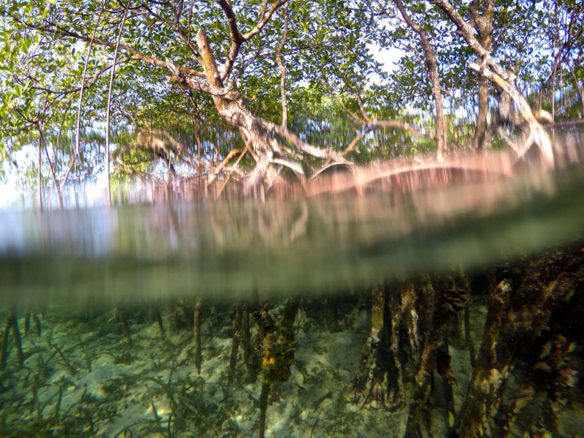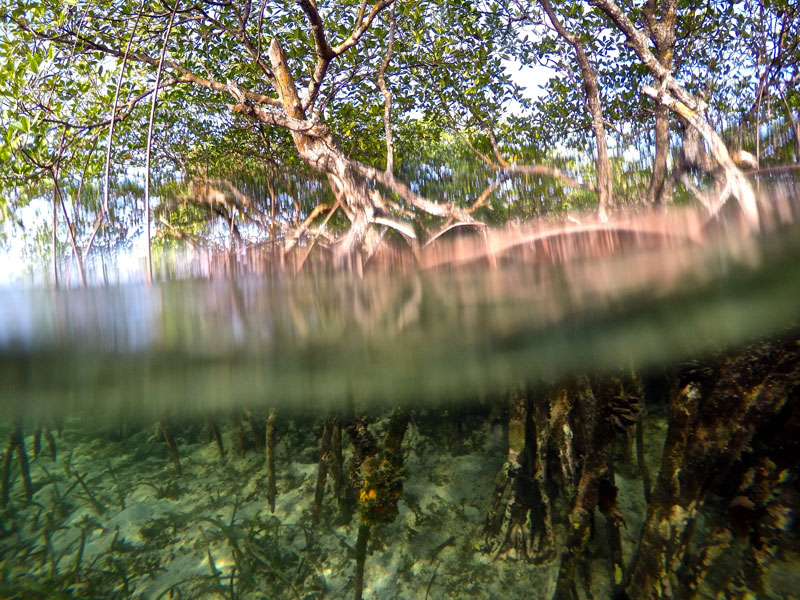
Photograph: © SAF — Coastal Care
Excerpts;
Mangroves are tropical forests that thrive in salt water and found in a variety of coastal settings worldwide. Mangroves store greater amounts of carbon than any other terrestrial ecosystem, which helps reduce carbon dioxide and greenhouse gases in the atmosphere.
When carbon is stored in the ocean or coastal ecosystems, it is called blue carbon. However, a more precise estimate of how much blue carbon is stored by mangroves has not been available until recently…
Read Full Article, Science Daily (08-02-2018)
Why mangroves matter: Experts respond on International Mangrove Day; News Mongabay (07-26-2018)
Where the land meets the sea: Governing mangrove forests; Forests News (02-02-2017)
As countries ponder how to encourage mangrove conservation, the role of people, rights, and governance institutions should receive equal consideration…
This bay in Scandinavia has world record in carbon storing; Science Daily (01-12-2017)
Forests are potent carbon sinks, but also the oceans’ seagrasses can store enormous amounts of carbon. A little bay in Denmark stores a record amount of carbon. Here is the secret…
Mangroves protect coastlines, store carbon – and are expanding with climate change; The Conversation (02-09-2018)
Mangroves are providing extremely valuable services and may become even more important as they expand toward the poles. But according to one recent study, many mangrove ecosystems are not building enough new elevation to keep pace with sea level rise…
The Human Element of Mangrove Management; USAID (12-16-2016)
Sri Lanka to become the first nation in the world to protect all its mangroves; Guardian UK (05-12-2015)
More than half the world’s mangroves have been lost over the last century but all of those surviving in Sri Lanka, one of their most important havens, are now to be protected in an unprecedented operation…









